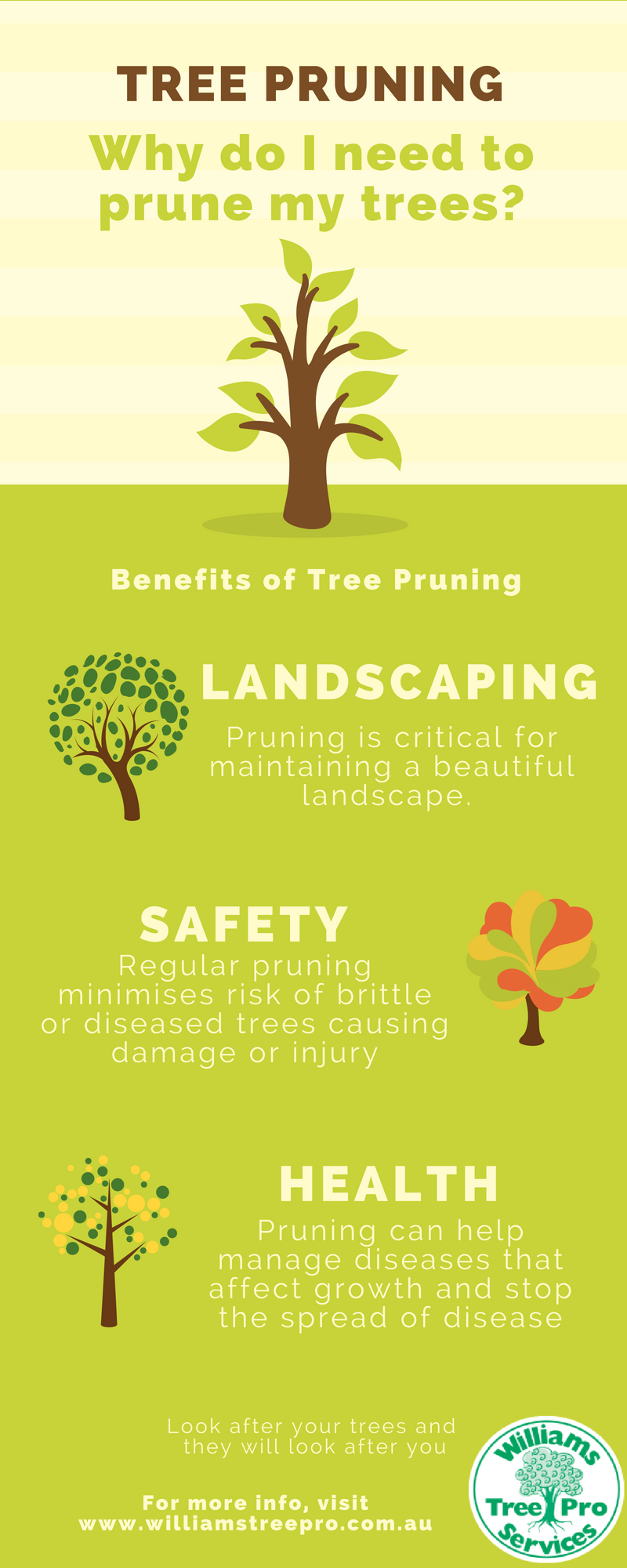Seasonal Tree Trimming: When And Just How To Prune For Optimum Development
Seasonal Tree Trimming: When And Just How To Prune For Optimum Development
Blog Article
Short Article Developed By-Carlsson Huynh
When it comes to seasonal tree trimming, timing and method are vital for your trees' health and wellness and development. You could be surprised at how much an easy cut can urge brand-new life. Recognizing when to trim inactive trees versus flowering ones can make all the distinction. However it's not practically when; it's additionally about just how you do it. Allow's check out the very best techniques to guarantee your trees flourish.
Recognizing the most effective Seasons for Tree Trimming
When's the very best time to cut your trees? The solution hinges on understanding the seasons. Late winter season to early spring is typically optimal, as trees are still inactive. https://earth911.com/home-garden/landscaping-to-handle-stormwater-runoff/ reduces stress and anxiety and promotes healthier growth when they awaken.
Nevertheless, if you're taking care of blooming trees, take into consideration trimming right after their flowers discolor. This ensures you will not cut off next year's flowers.
In summer, light trimming can assist preserve form and eliminate any type of dead or infected branches. Prevent hefty trimming during autumn, as trees are planning for inactivity and may battle to recover.
Ultimately, recognizing your tree species and neighborhood environment will certainly direct your trimming schedule. Select carefully, and your trees will certainly thrive perfectly year-round.
Essential Pruning Strategies for Healthy Trees
Trimming your trees efficiently is important for their wellness and durability. Begin by using tidy, sharp tools to make accurate cuts, which assists stop damage and illness.
Focus on getting rid of dead, damaged, or going across branches first; this urges better airflow and sunshine penetration. When cutting, aim for an angle that promotes recovery and lessens the threat of rot. Constantly trim simply outside the branch collar, the inflamed area where the branch meets the trunk, to improve healing.
For young trees, shape them by selectively pruning to establish a strong framework. Lastly, stay clear of over-pruning; removing way too much vegetation can stress your tree.
Common Mistakes to Prevent When Pruning
Many home owners make critical blunders while pruning their trees, which can result in long-term damage.
One typical error is over-pruning, where you eliminate way too many branches simultaneously. This can stress the tree and prevent its development.
One more error is using plain tools; sharp, clean tools make cleaner cuts that heal much faster.
Do not fail to remember to trim at the incorrect time of year; winter is often best for many types, while summertime is optimal for others.
Also, avoid reducing visit the following website page near the trunk or leaving stubs, as both can invite bugs and illness.
Finally, falling short to step back and assess the tree's total form can lead to uneven development.
Maintain these mistakes in mind for much healthier, flourishing trees!
Conclusion
Finally, seasonal tree cutting is important for your trees' health and growth. By trimming at the right times-- late winter months for dormant trees and right after flowers for blooming selections-- you'll motivate lively vegetation and blooms. Bear in mind to use tidy, sharp devices and comply with correct techniques to avoid damage. Stay clear of heavy trimming in the autumn and remain free from typical errors. With these suggestions in mind, you'll maintain your trees growing all the time!
